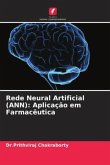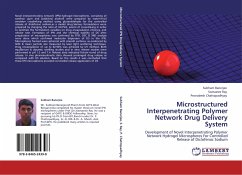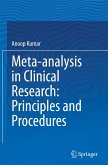In past statistic formulation optimized by response surface methodology (RSM) is one of the techniques that have been employed to develop and formulate controlled release dosage forms but limitations to the RSM technique another technique called artificial neural networks (ANN) has recently gained wide popularity in the development of controlled release dosage forms. In this review articles most powerfully technique ANN has been optimized the formulation in controlled release drug delivery systems. The theory of arti cial neural networks is brie y reviewed focusing on supervised and unsupervised techniques which have great impact on current pharmaceutical applications. The basic ANN structure, Learning Laws, Network architectures and generalized distance function method to development of the ANN model and an explanation of how to use ANN to design and develop controlled release drug delivery systems are discussed. Overall the use of ANN offers a new dimension to pharmaceutical systems study because of its unique advantages, such as nonlinear processing capacity and the ability to model poorly understood systems.
Bitte wählen Sie Ihr Anliegen aus.
Rechnungen
Retourenschein anfordern
Bestellstatus
Storno








